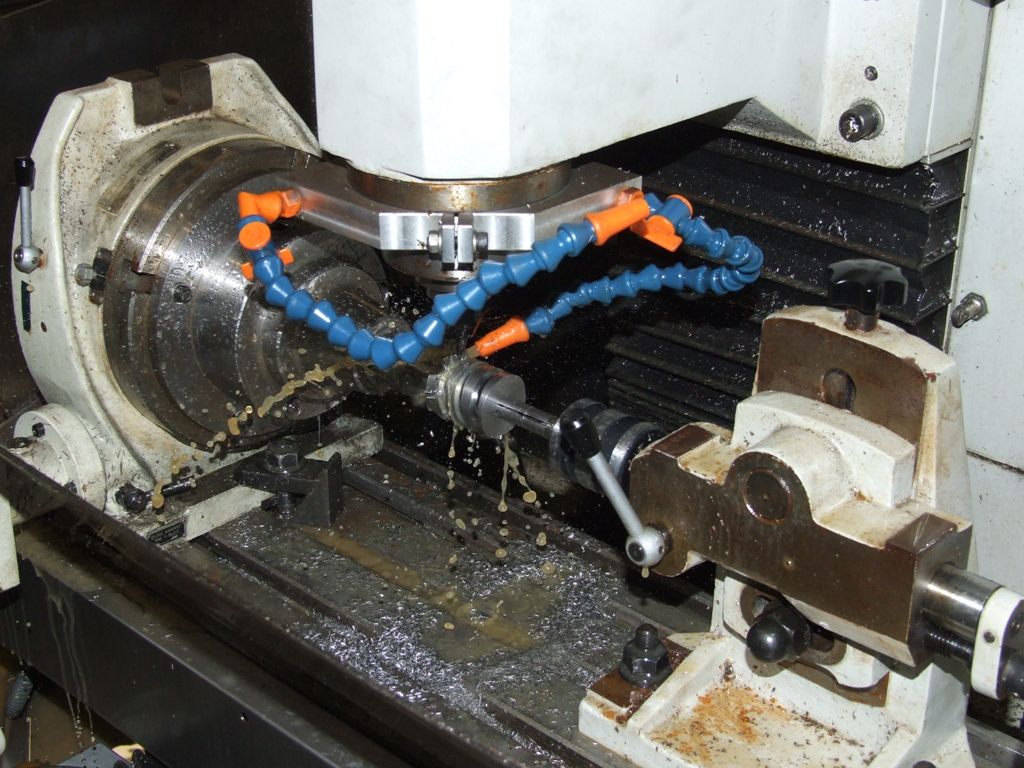High everyone! New member, first post and first project!
I want to cut spirals on spindles (aka barley twists) in wood and it looks like its going to need a custom tool.
It's basically as 'simple' as replacing a lathe tool with a router and getting the work to rotate slowly in sync with the tool moving along the bed and not at a cutting speed. Hope that makes sense.
All of this is just for miniature work on spindles up to 1.5" thick and up to 6" long so a full sized lathe is overkill.
A metal work lathe that can cut threads will sync rotation and tool travel but I can't see how you would get the work to rotate slowly enough, the pitches seem to be too small and from what I can see see I couldn't justify such a large cost. A smaller one would be cheaper but would it cut threads and support a dremel?
Having set metalworking lathes to one side, I looked at woodworking lathes. On full sized older and cheaper lathes you can disconnect the belt drive and turn the work by hand but you can't sysnc tool movement to rotation. Smaller lathes have a direct drive motor which wont turn slowly with any kind of torque but there's still no easy way of syncing them.
My current plan is to bolt a milling table onto a drill stand with a dremel in it and fabricate a headstock and tailstock to hold the work. Then I can turn the headstock (large chuck?) by hand and link the rotation of the headstock using a sprocket and chain arrangement to the bed advancing wheel to move the work under the tool.
So, I'm really looking for ideas – alternative ideas that might fit my skills and budget to achieve my desired result or just where to get suitable sprocketage and chainage from.
A couple of other thoughts – the pitch of the spiral is in the order of 1:1 (that's the diameter of the spindle in tool movement versus number of rotations) but of course I really need to vary that slightly to increase and decrease the spiral pitch. And I looked at a stepper motor solution but its an area i'm unfamiliar with and I know its going to involve controllers, iterfaces, pcs and software etc so I dont think it would be an easy or inexpensive path for me .
Any advice offered gratefully received!
 Neil Wyatt.
Neil Wyatt.




